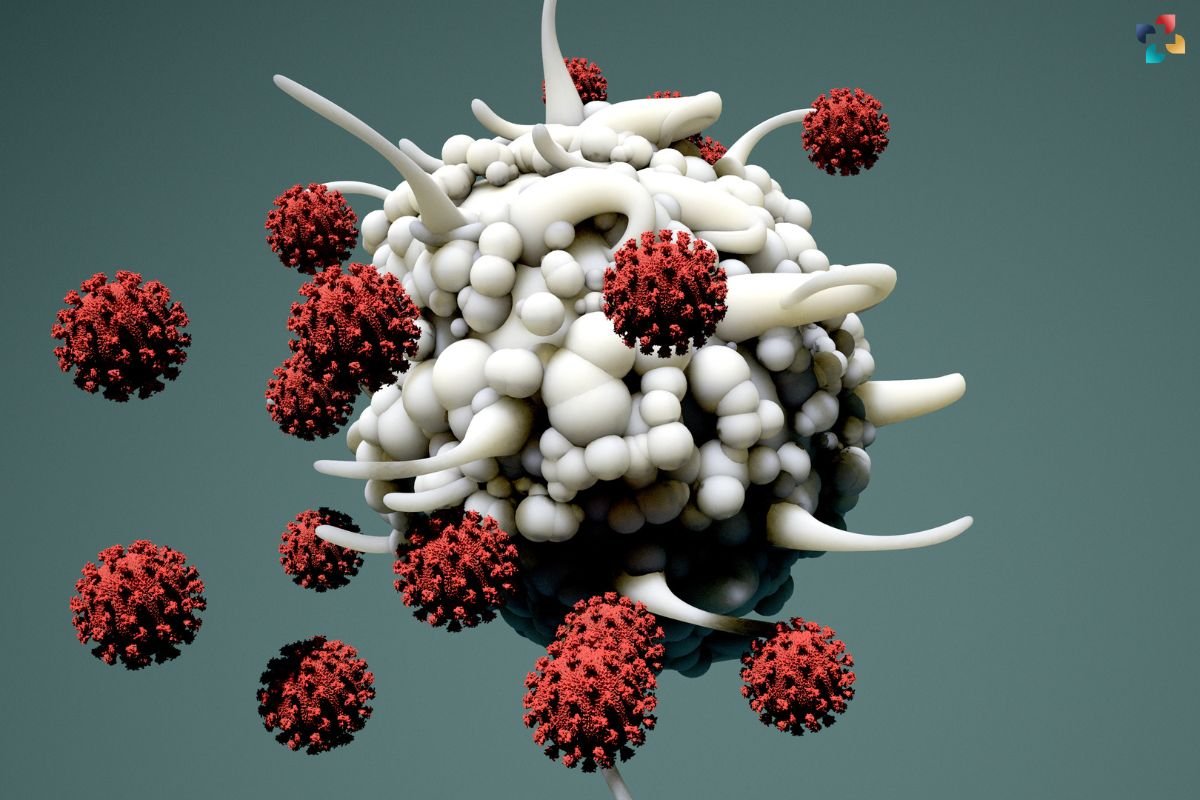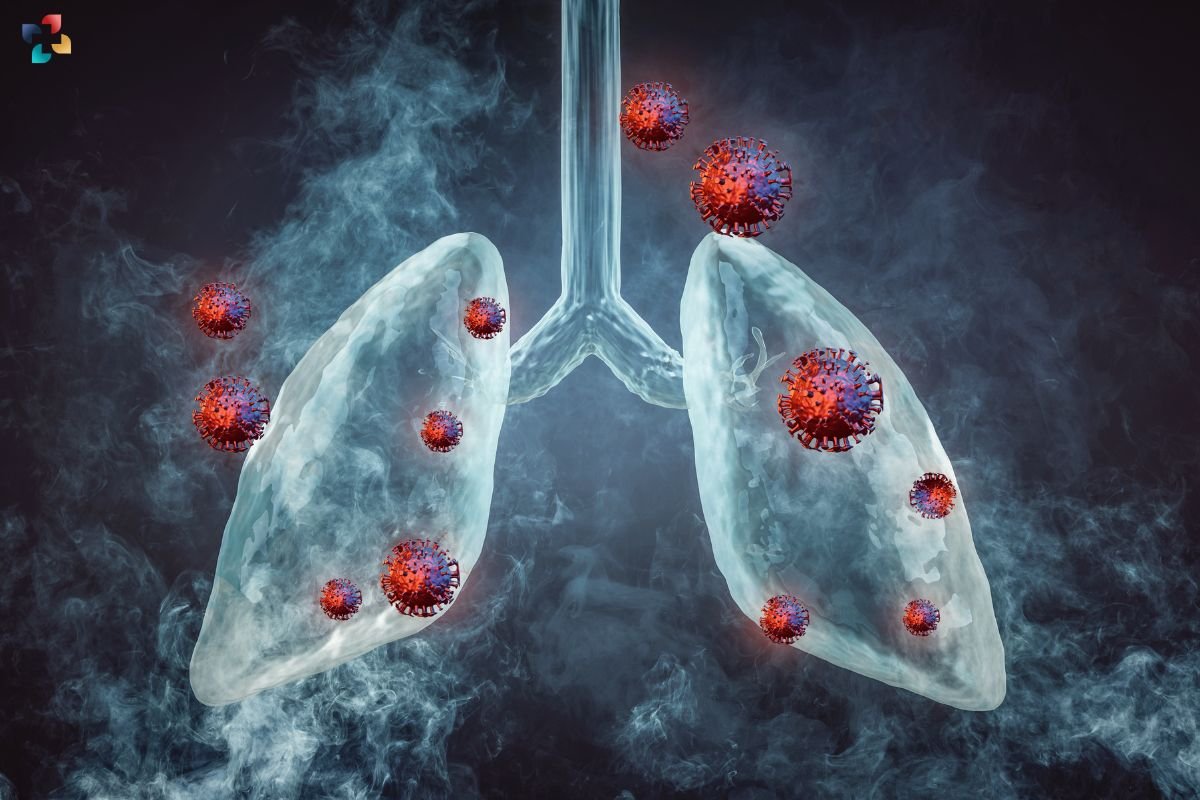Melanoma, the deadliest form of skin cancer, has been a significant challenge for oncologists and patients alike. Traditional treatments, such as surgery, radiation, and chemotherapy, have been the mainstay of melanoma management. However, in recent years, a new frontier has emerged in the battle against melanoma: immunotherapy. This innovative treatment leverages the body’s immune system to target and destroy cancer cells. In this article, we will explore the intricacies of immunotherapy for melanoma, its mechanisms, types, benefits, and challenges.
Understanding Melanoma and the Need for Immunotherapy
Melanoma arises from melanocytes, the cells responsible for producing melanin, the pigment that gives skin its color. While it accounts for a small percentage of skin cancer cases, melanoma is responsible for the majority of skin cancer deaths due to its propensity to spread to other parts of the body. Early-stage melanoma can often be treated successfully with surgery alone, but advanced melanoma poses a greater challenge.
Traditional treatments like chemotherapy often come with significant side effects and limited efficacy in advanced melanoma cases. This is where immunotherapy for melanoma has shown promise. By harnessing the power of the immune system, immunotherapy offers a targeted approach to treating melanoma, potentially improving outcomes and quality of life for patients.
How Immunotherapy Works?

The concept behind immunotherapy for melanoma is to enhance the body’s natural defenses to recognize and combat cancer cells. The immune system, which includes white blood cells, antibodies, and other components, is designed to identify and destroy abnormal cells. However, cancer cells have developed mechanisms to evade immune detection. Immunotherapy aims to overcome these defenses and stimulate a more robust immune response against melanoma.
There are several types of immunotherapy for melanoma, each working through different mechanisms:
1. Checkpoint Inhibitors:
These drugs target immune checkpoints, which are molecules on immune cells that need to be activated (or inactivated) to start an immune response. Melanoma cells can exploit these checkpoints to avoid being attacked by the immune system. Checkpoint inhibitors block these molecules, allowing the immune system to recognize and attack the cancer cells.
2. Cytokines:
These are proteins that modulate the immune response. Interleukin-2 (IL-2) and interferon-alpha are examples of cytokines used in melanoma treatment. They help boost the activity of immune cells, enhancing their ability to fight cancer.
3. Cancer Vaccines:
Unlike traditional vaccines that prevent diseases, cancer vaccines are designed to treat existing cancer by stimulating the immune system to target and destroy cancer cells. These vaccines often contain tumor antigens – substances that the immune system can recognize on cancer cells.
4. Adoptive Cell Transfer:
This involves collecting and using a patient’s own immune cells to treat their cancer. The most common form is T-cell therapy, where T-cells are extracted, modified or enhanced in the lab, and then infused back into the patient to attack cancer cells more effectively.
5. Oncolytic Virus Therapy:
This approach uses genetically modified viruses that selectively infect and kill cancer cells. Additionally, these viruses can stimulate an immune response against the tumor.
Breakthroughs in Immunotherapy for Melanoma

The introduction of checkpoint inhibitors has been one of the most significant breakthroughs in the field of immunotherapy for melanoma. Drugs like ipilimumab (Yervoy), pembrolizumab (Keytruda), and nivolumab (Opdivo) have demonstrated remarkable success in clinical trials and real-world applications. These agents have improved survival rates and provided durable responses in many patients with advanced melanoma.
Ipilimumab, the first checkpoint inhibitor approved for melanoma, targets CTLA-4, a checkpoint protein on T-cells. By inhibiting CTLA-4, ipilimumab enhances the immune response against melanoma cells. Pembrolizumab and nivolumab target another checkpoint protein called PD-1. By blocking PD-1, these drugs reinvigorate T-cells and enhance their ability to attack melanoma cells.
Combination therapies, where two or more immunotherapy drugs are used together, have also shown promise. For example, the combination of ipilimumab and nivolumab has demonstrated increased efficacy compared to either drug alone, albeit with a higher risk of side effects.
Benefits of Immunotherapy for Melanoma
The benefits of immunotherapy for melanoma are multifaceted:
1. Targeted Action:
Unlike chemotherapy, which affects both cancerous and healthy cells, immunotherapy specifically targets cancer cells, potentially reducing damage to normal tissues and minimizing side effects.
2. Durable Responses:
Immunotherapy has the potential to provide long-lasting responses, even after treatment has ended. Some patients experience prolonged remission, significantly improving their quality of life.
3. Improved Survival Rates:
Clinical trials and real-world studies have shown that immunotherapy can extend survival in patients with advanced melanoma, offering hope to those with previously limited options.
4. Enhanced Immune Memory:
The immune system has a memory, meaning it can remember how to fight off the same cancer if it returns. Immunotherapy can enhance this memory, providing ongoing protection against melanoma recurrence.
Challenges and Side Effects
Despite its promise, immunotherapy for melanoma is not without challenges and potential side effects:
1. Immune-Related Adverse Events (irAEs):
Since immunotherapy stimulates the immune system, it can also lead to inflammation and damage to healthy tissues, resulting in side effects like colitis, hepatitis, dermatitis, and endocrinopathies. Managing these irAEs requires careful monitoring and, in some cases, immunosuppressive treatments.
2. Response Variability:
Not all patients respond to immunotherapy, and some may experience only partial responses. Predicting which patients will benefit from immunotherapy remains a challenge, necessitating further research to identify biomarkers of response.
3. Cost and Accessibility:
Immunotherapy treatments can be expensive, and access to these therapies may be limited by geographic, economic, and healthcare system factors. Efforts to make immunotherapy more affordable and widely available are crucial.
4. Complexity of Treatment:
Administering immunotherapy requires specialized knowledge and infrastructure. Patients need to be monitored closely for side effects, and the management of irAEs often involves a multidisciplinary team.
Future Directions in Immunotherapy for Melanoma

The field of immunotherapy for melanoma is rapidly evolving, with ongoing research aimed at improving existing treatments and developing new approaches. Some of the exciting areas of research include:
1. Biomarkers for Response:
Identifying biomarkers that can predict which patients are likely to respond to immunotherapy could help tailor treatments to individual patients and improve outcomes.
2. Combination Therapies:
Exploring combinations of different immunotherapy agents, as well as combining immunotherapy with other treatment modalities like targeted therapy and radiation, holds promise for enhancing efficacy.
3. Personalized Vaccines:
Advances in genomics and bioinformatics are enabling the development of personalized cancer vaccines that are tailored to the specific mutations present in an individual’s tumor.
4. New Targets and Agents:
Ongoing research is uncovering new targets for immunotherapy and developing novel agents that can engage the immune system in different ways.
5. Microbiome Influence:
Emerging evidence suggests that the gut microbiome may influence responses to immunotherapy. Modulating the microbiome could potentially enhance treatment efficacy.

Unlocking Hope: The Role of Immunotherapy for Lung Cancer
In this article, we delve into the realm of immunotherapy for lung cancer, exploring its mechanisms, successes, challenges, and future prospects.
Conclusion
Immunotherapy for melanoma represents a groundbreaking advancement in cancer treatment, offering hope and improved outcomes for patients with this aggressive form of skin cancer. By harnessing the power of the immune system, immunotherapy provides a targeted approach that can lead to durable responses and prolonged survival. However, challenges such as immune-related adverse events, response variability, and accessibility need to be addressed to maximize the benefits of this innovative treatment.
As research continues to advance, the future of immunotherapy for melanoma looks promising, with the potential for even more effective and personalized treatments on the horizon. For patients and healthcare providers, staying informed about the latest developments in immunotherapy is crucial for optimizing melanoma management and improving patient outcomes.









